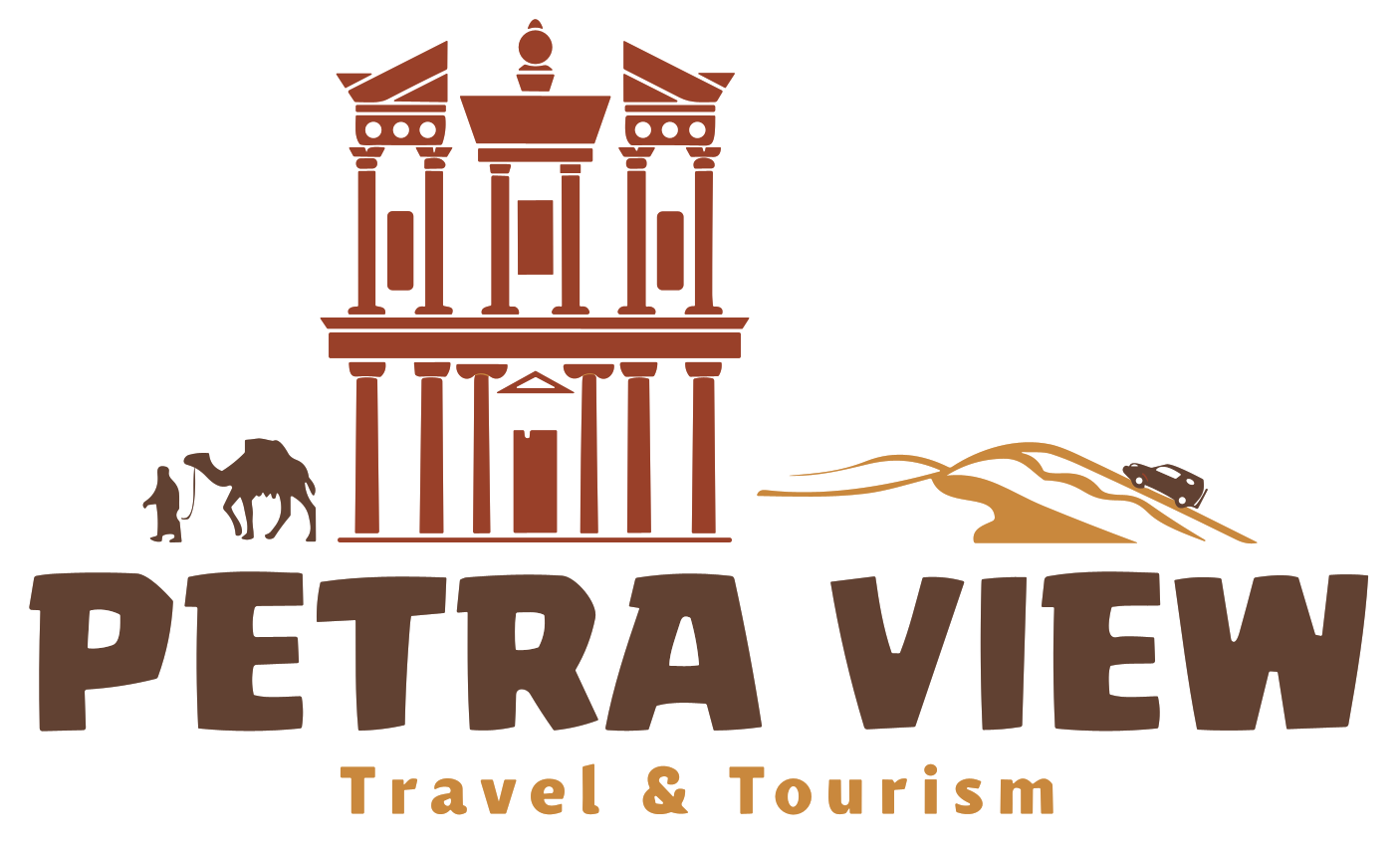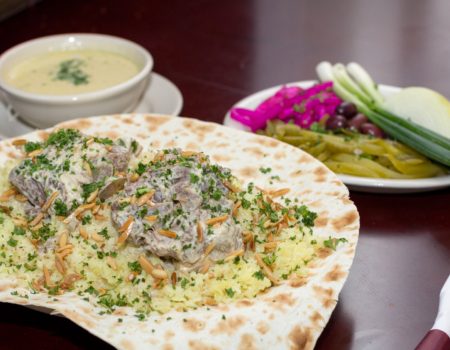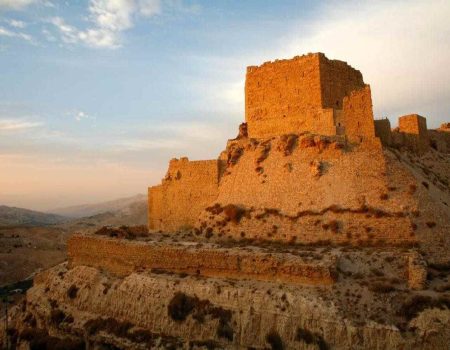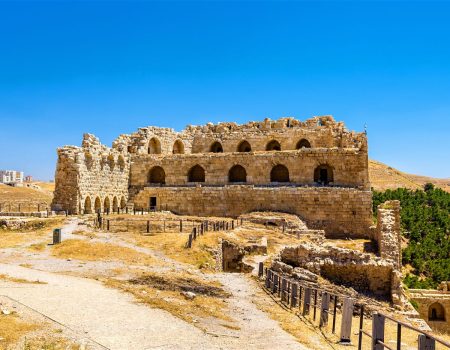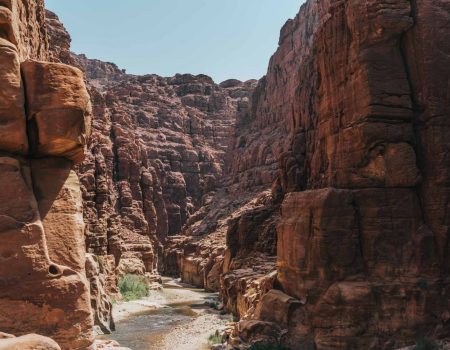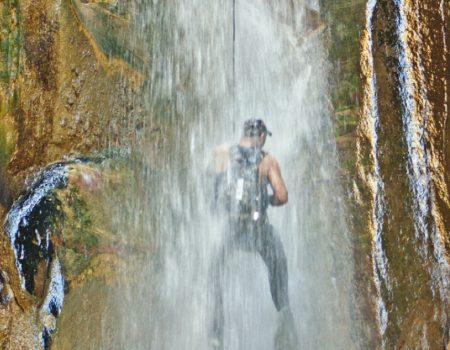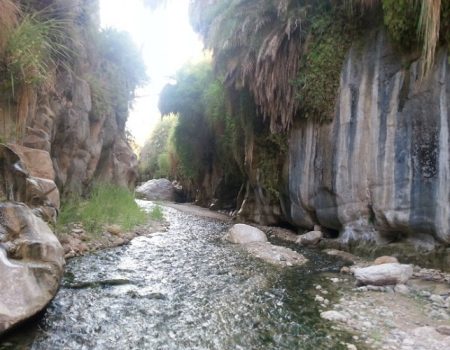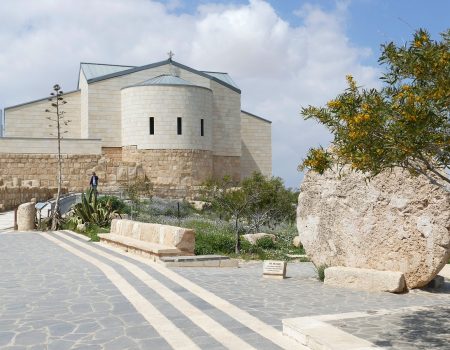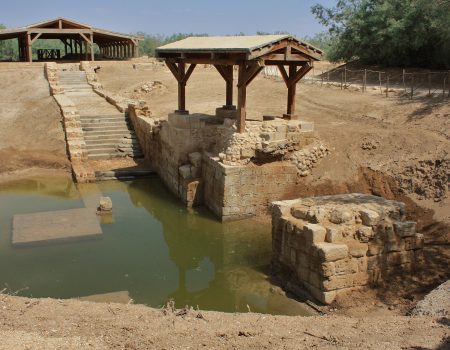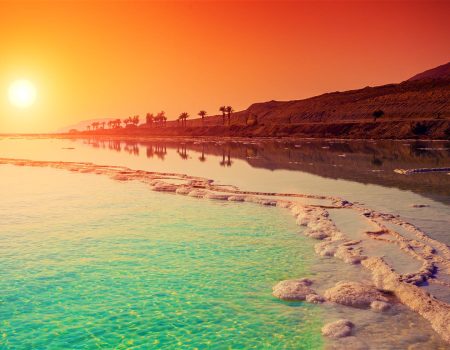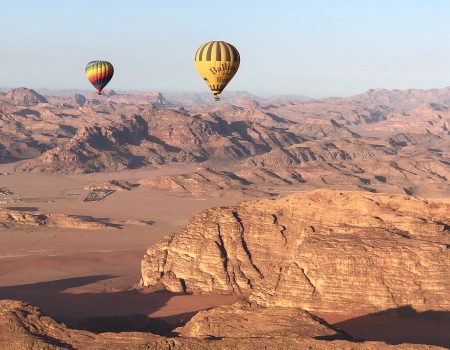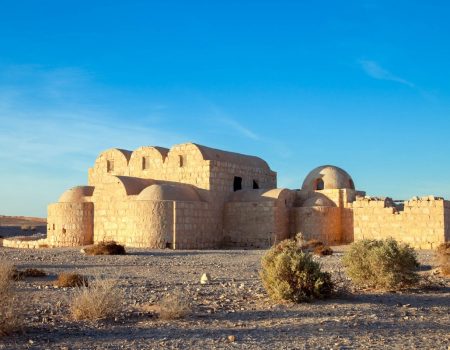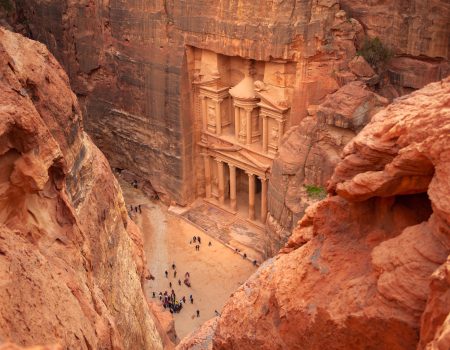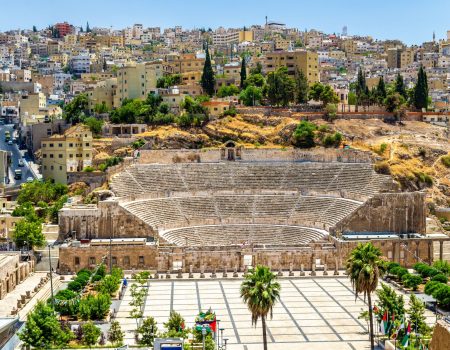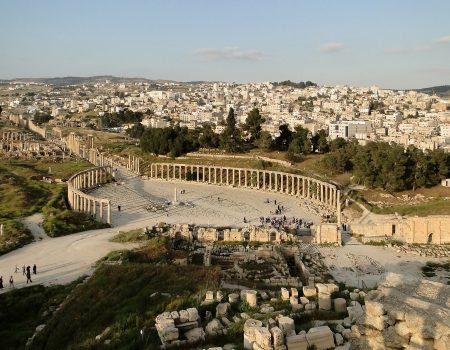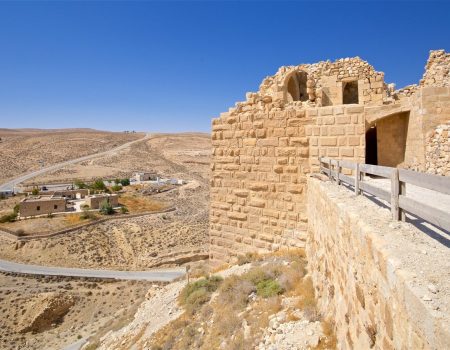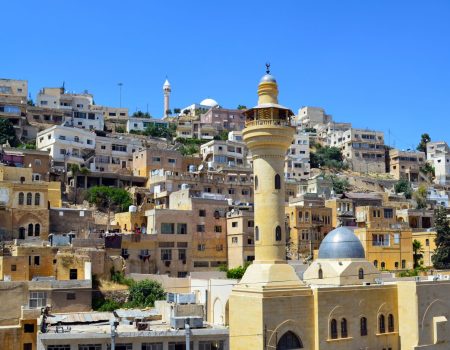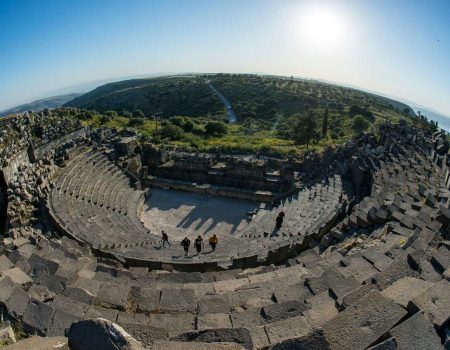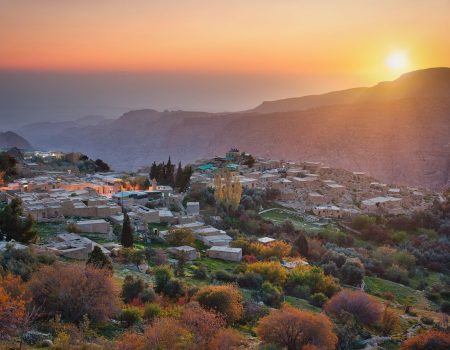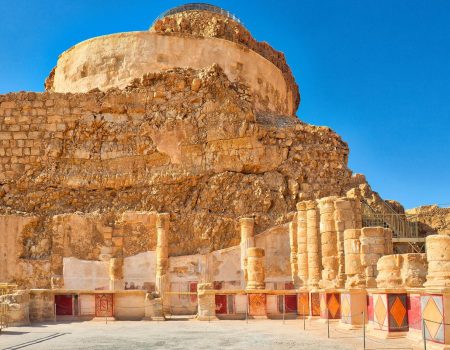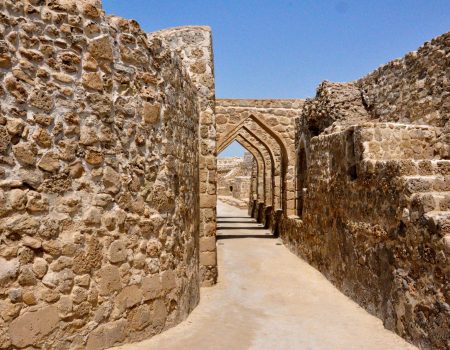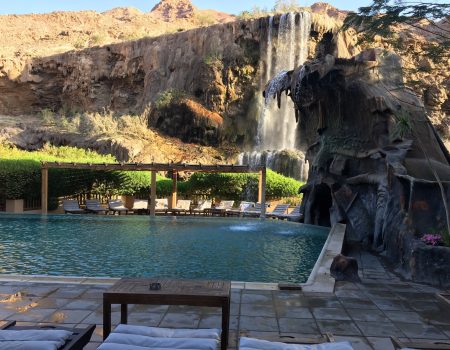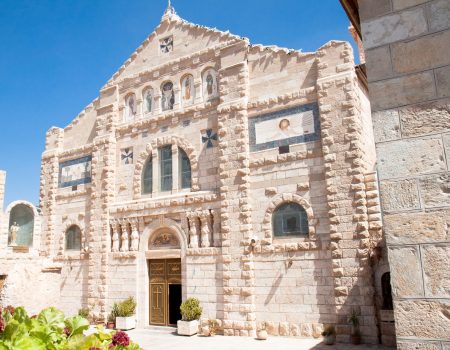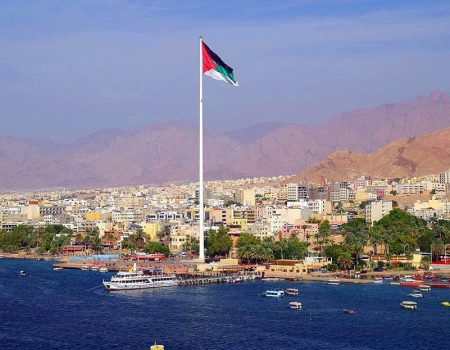Karak is a city located in central Jordan, known for its historical significance and unique cultural heritage. It is an important tourism destination, attracting visitors from all over the world to explore its many ancient landmarks and monuments in addition to the beautiful nature of Karak Valley.
Karak Castle, one of the largest and most well-preserved castles in the region, is the most famous attraction in the city.The history of the establishment of Karak Castle’s foundations dates back to the era of the Moabites around 860 BC. This is stated in the historical inscriptions of King Mesha’s stele, which is considered a documentary record of the victories and achievements of the Moabite kingdom, whose star shone during the 9th century BC (Iron Age) in the middle of Jordan.
Karak Castle remained a protective shield for Jordan during the Roman and Byzantine eras, as it was indicated on the Madaba mosaic map among a group of castles in the region.
When the Crusaders established the Latin Kingdom of Jerusalem after occupying it in 492 AH/1099 CE, they took over the southern region of Jordan in the years 509 and 510 AH (1115 and 1116 CE) and established the Baronies of Karak and Shawbak. Then in the year 537 AH/1142 CE, they seized Karak Castle and expanded it to become the center of the Baronies of Karak and Shawbak, and one of the most important castles of the Crusaders in the Levant. Karak Castle played an important role in the Crusader era by controlling the transportation routes in Jordan between the Levant on one side and the Hijaz and Egypt on the other.
Saladin Ayyubi, in turn, managed to take the castle from the Crusaders after the Battle of Hattin, the same battle in which he was able to recapture Jerusalem and the Al-Aqsa Mosque after besieging it severely.
After that, the castle’s rule was transferred to the Mamluks and then to the Ottomans, and it did not have a significant historical role after the Crusades until the Great Arab Revolt, in which it played a role in controlling the transportation routes between the Hijaz, Levant, and Egypt.
The castle was built on the southern side of the triangular plateau on which the city of Karak is located. The length of the castle is 220 meters, while its width ranges from 125 meters on its northern side to 40 meters on its southern side, overlooking a valley in which a water channel flows. There are underground passages that lead to fortified rooms beneath the castle.The castle was converted into an archaeological museum since 1980. The museum displays the artifacts of Muslims during the Mamluk and Ottoman periods, and it has a section covering the modern Stone, Bronze, and Iron Ages. The museum also includes a collection of pottery, glassware, coins, and weapons from various historical periods.
In addition to the castle, Karak is home to many other fascinating historical landmarks and monuments, including the ancient ruins of Shawbak Castle, the Crusader’s Church, and the Museum of Karak. Visitors can also explore the city’s lively markets and sample traditional Jordanian cuisine at the many local restaurants and cafes.
Karak’s central location makes it a convenient base for exploring other nearby attractions, such as the nearby Dead Sea and the ancient city of Petra. The city also offers easy access to the nearby Ma’in Hot Springs, a popular destination for relaxation and wellness.
Karak Valley is considered one of the natural wonders of Jordan, where we spend a day doing different activities, including walking in a range of terrain and different slopes to tall mountains, streams, rocky peaks, wild flowers and trees covered mountains. The total hiking distance will be 12 kilometers, and along the walk you will see many natural streams and waterfalls. We will be jumping/falling over 5 waterfalls with a height of 8-25m.
Overall, Karak is a unique and fascinating destination for anyone interested in history, culture, and architecture. Its rich heritage, stunning landmarks, and friendly local community make it a must-visit destination for anyone traveling to Jordan.
